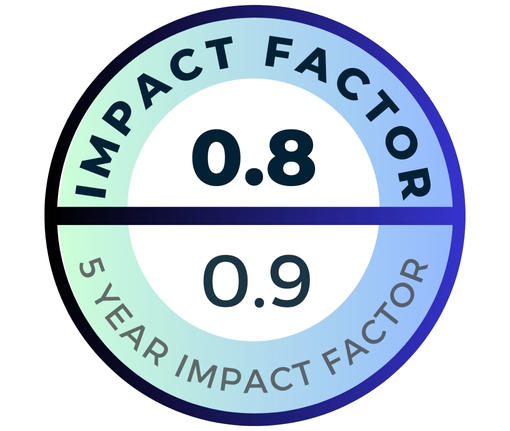Abstract
OBJECTIVES: The present study aimed to investigate smoking status of households having children under 5 years of age and any changes in their smoking habits after the enforcement of the anti-tobacco Law Nb. 4207 and after the birth of the child based on the records of two Family Health Centres in Ankara.
MATERIAL AND METHODS: Within the scope of this cross-sectional study, 192 houses, in which 228 children under five years of age were living, were evaluated. Data were collected via face-to-face interview. Data collection form included information regarding sociodemographic characteristics, health status, smoking habits, status of exposure to second-hand smoke. Data transfer to the computer and data analyses were performed using the SPSS 15.0 statistical package program.
RESULTS: According to the statements of the study participants, the rate of smoking in the balcony, kitchen, toilet-bathroom, and rooms of the house decreased after the enforcement of the anti-tobacco Law Nb. 4207. Similar decrease was valid also for working environment. The decrease in the rate of smoking was the least in “Balconies” at both home and working environments. Birth of a child was also a factor that decreased the rate of smoking. A decrease was observed in almost all parts (bedroom, kitchen, balcony, and toilet-bathroom) of the houses after birth of a child.
CONCLUSION: Exposure to second-hand smoke at homes, where children under the age of five years were living, could not be completely (100%) prevented. Health care workers’ persistent study on this issue may contribute to the awareness of parents in preventing exposure to second-hand smoke.


.jpg)

.png)